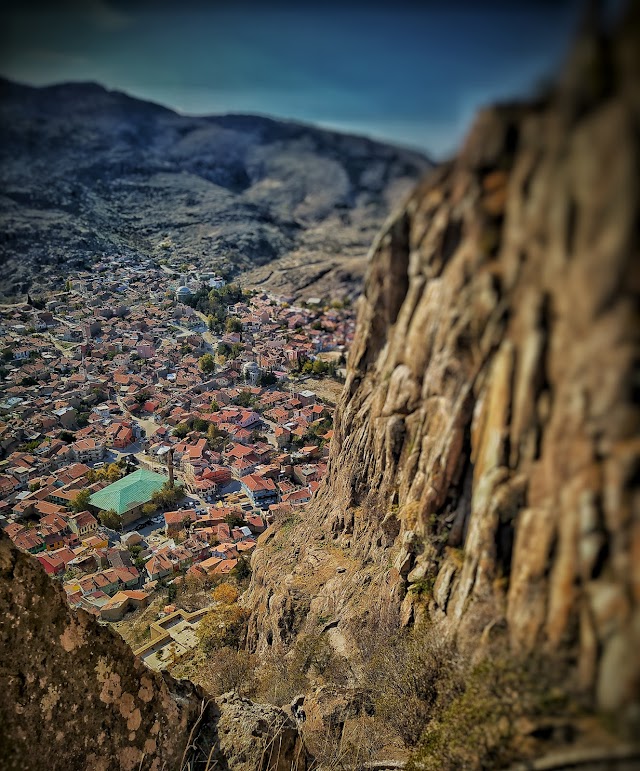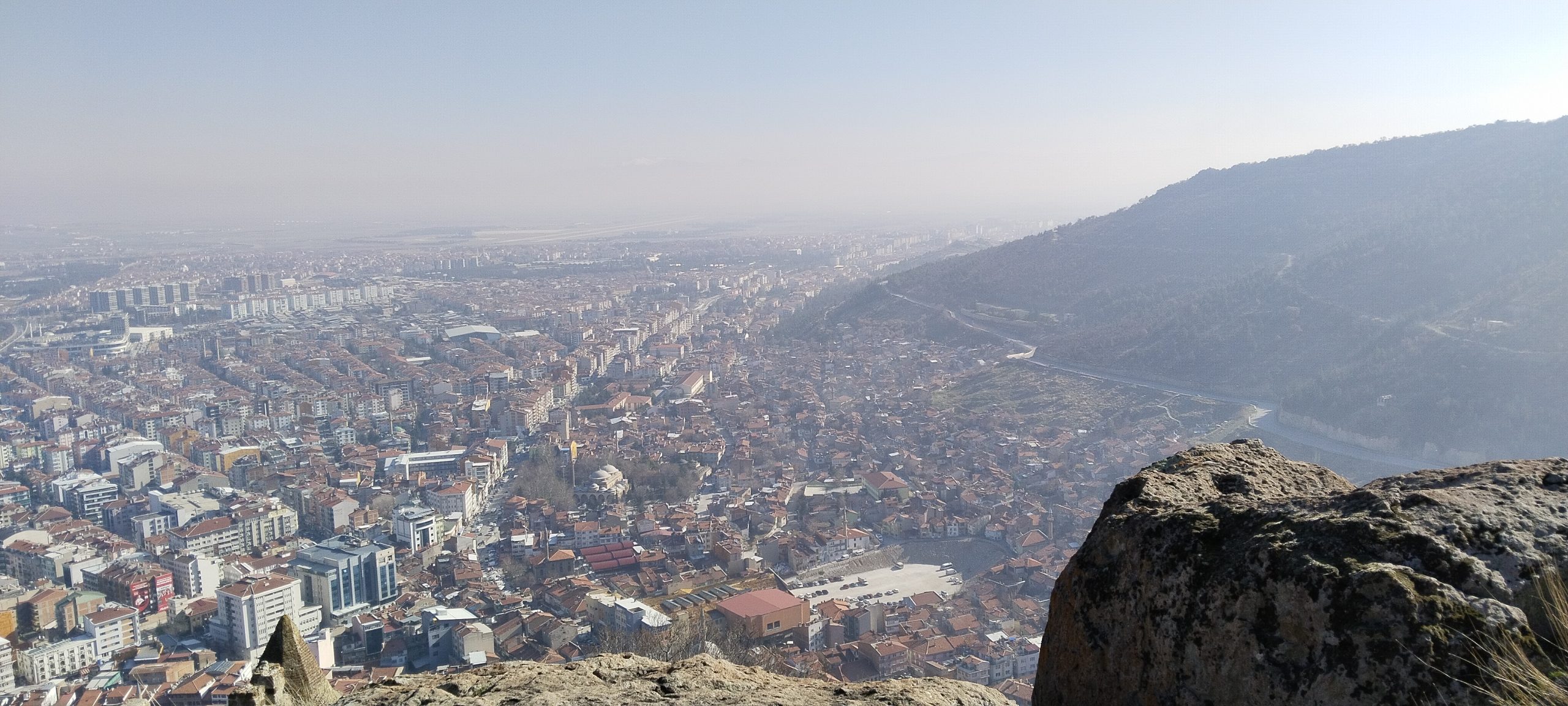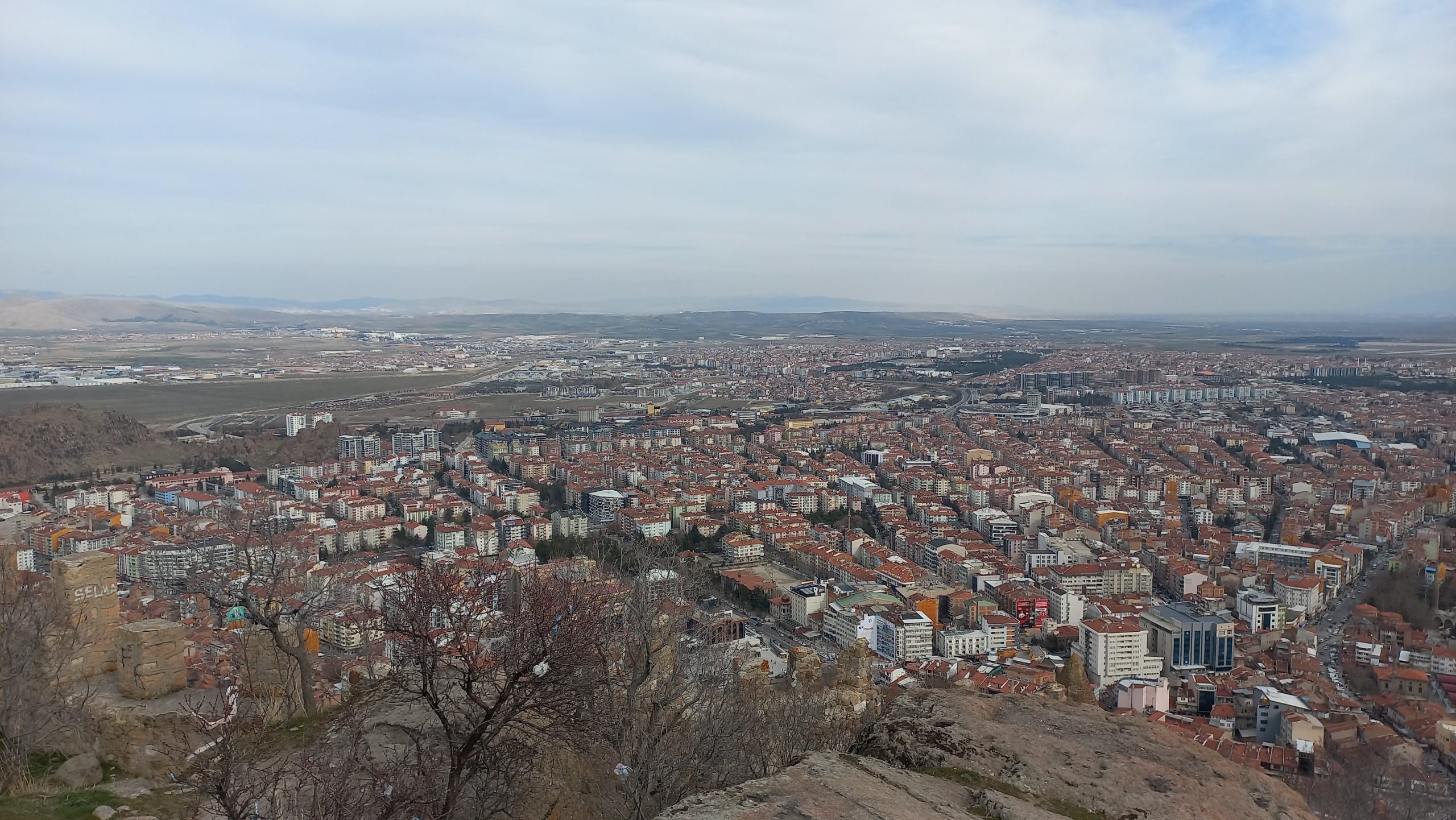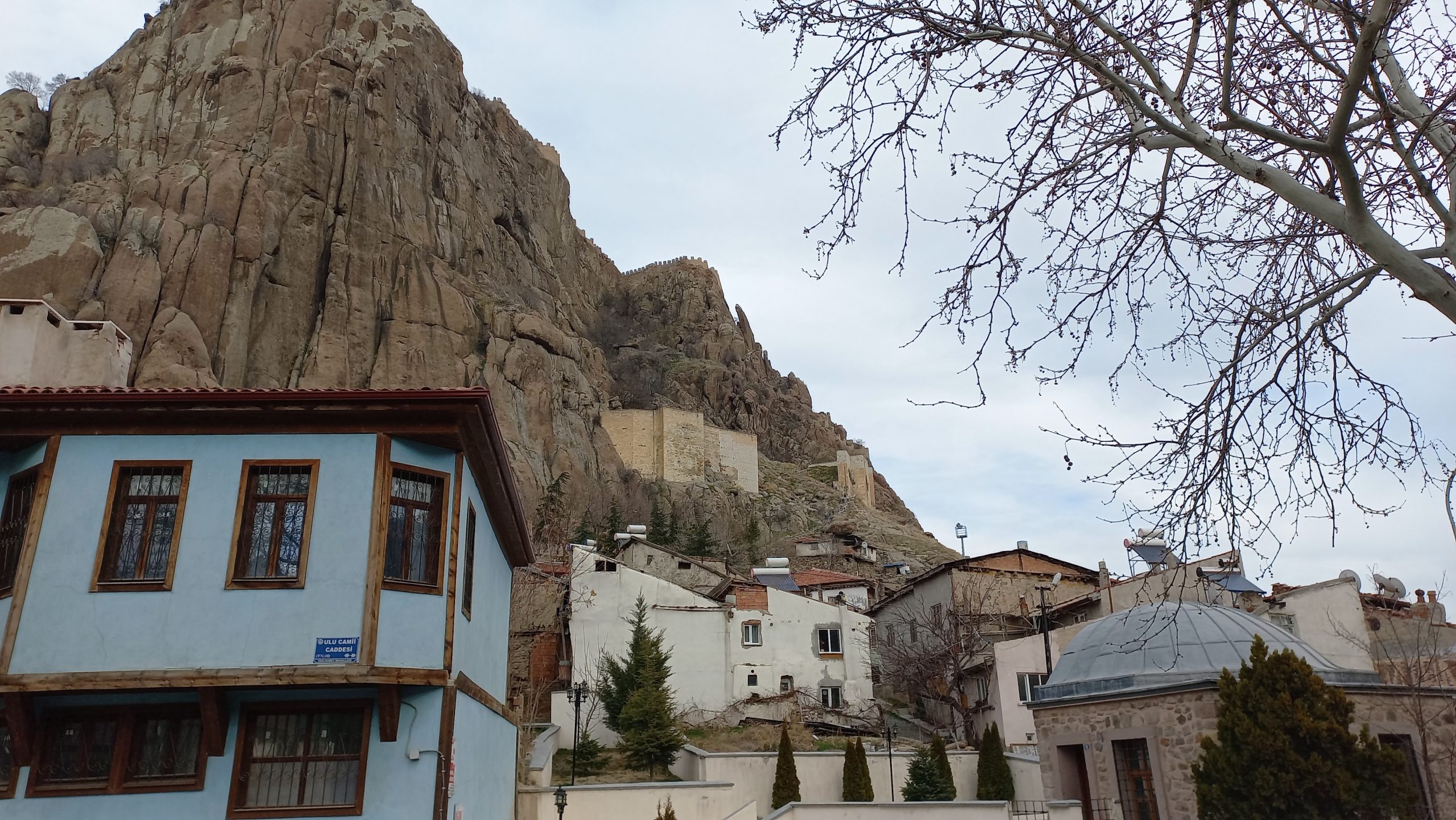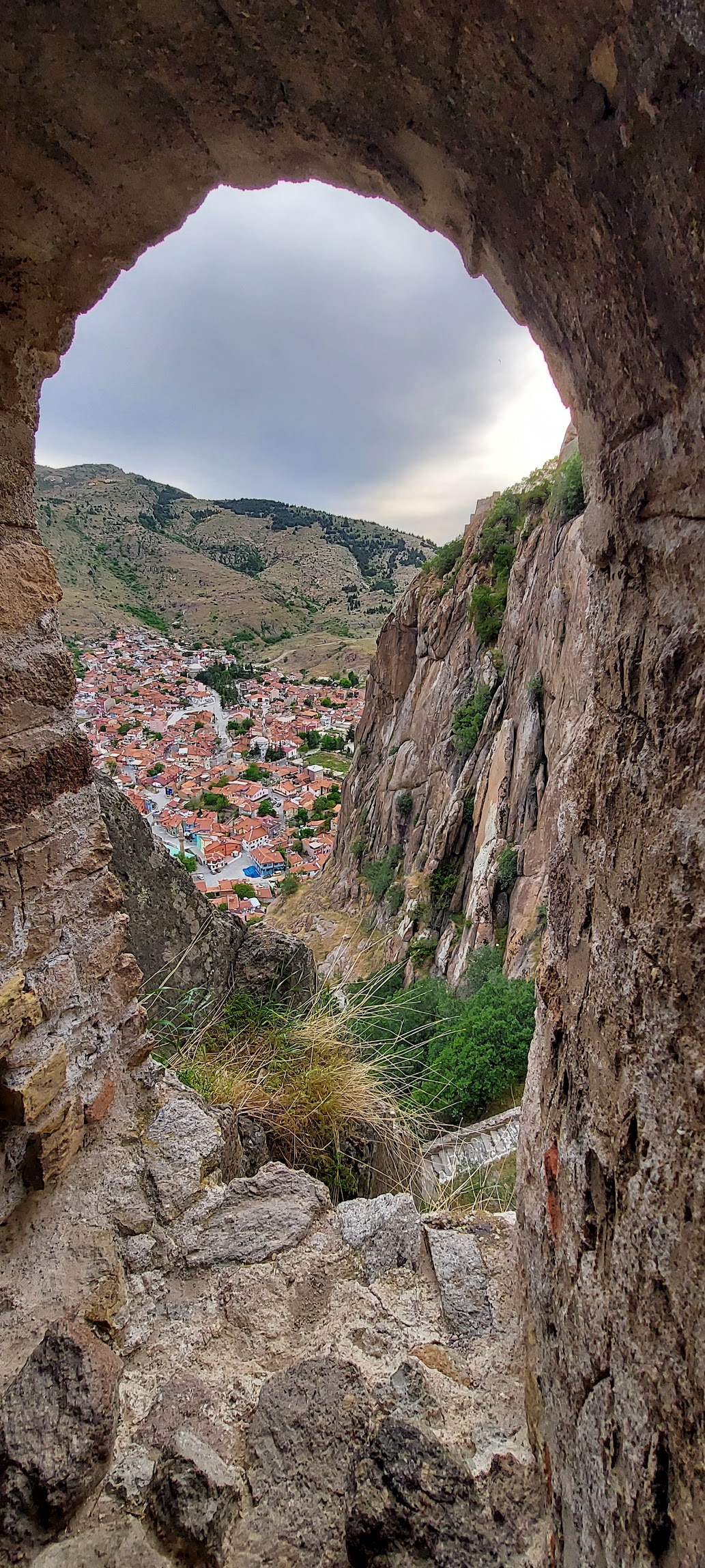Afyonkarahisar Castle, located on a volcanic rock mass at an altitude of 226 meters, was built by the Hittite Emperor II in 1350 BC. During the time of Murşil, it was used as a fortified position during the Arzava Expedition and was named Hapanuva. The castle was also the scene of important battles during the Byzantine and Seljuk periods.
At the top of the castle, there are traces of culture from the Phrygians Period, who lived in Anatolia between 1200-700 BC. There are many places of worship dedicated to the Mother Goddess Kybele and 4 large cisterns (water pits). Its walls were repaired in 1235 by Architect Bedrettin Gevhertaş, who was the castle administrator during the time of the Seljuk Sultan Alaaddin Keykubat, and a small masjid and a palace were built next to the castle. In 1573, Ottoman Sultan II. Its bastions, cisterns and tower were repaired again by Mahmut Bey upon the order of Selim.
If you come to Afyon, be sure to leave, the sausages you eat otherwise will not melt.
When you get down from the castle, there is an old neighborhood, partially restored old Afyon houses.
There is a Gavur Bath, left over from the Armenians, nearby and it has been turned into a museum.
A little further away there is a Mevlevi Lodge, in the garden of which Namık Kemal’s mother lies, and it has a beautiful mosque and garden.
In general, Afyon is a very beautiful city, it is underrated.












